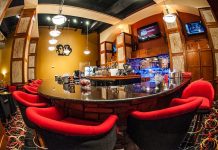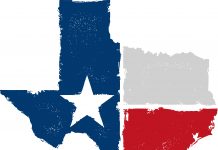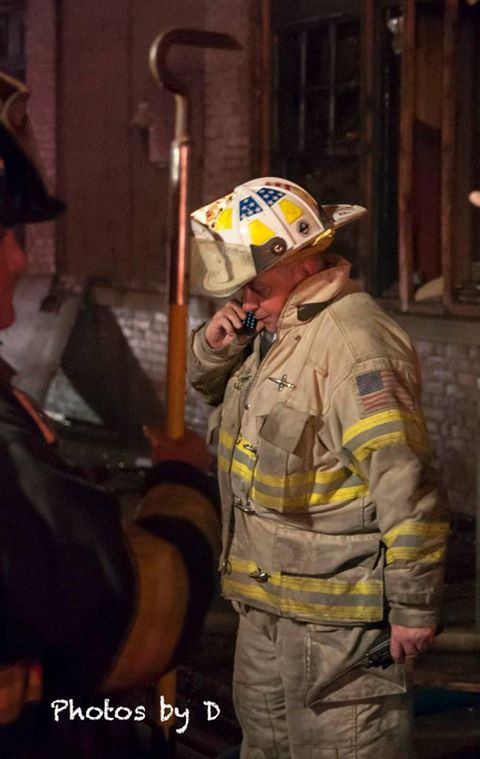(Note: This story appears in the May 2022 issue of ED Magazine)
As a 30-plus year firefighting veteran, Paul Calderwood is an expert — and has spoken as such before — when it comes to fire and safety programs.
Paul Calderwood has been a firefighter for more than 30 years and is a professor for Providence College in its fire science program.
“I have always worked on ways to make the world a safer place to live and work,” says Calderwood.
It makes sense then that Calderwood has previously spoken at EXPO regarding club safety. ED Magazine spoke with Calderwood about basic fire and life safety programs that all clubs should have to meet the local fire codes and OSHA regulations.
ED: What is one of the more memorable incidents you’ve seen involving gentlemen’s clubs and fire/safety?
CALDERWOOD: The event that caused major changes for nightclubs was the Station nightclub fire (Rhode Island) on February 20, 2003 — 100 people were killed and more than 200 were injured and of the 100 that were killed, two were dancers from a local gentleman’s club and one was the DJ from the same club. I knew all three of these people personally.
ED: What’s the No. 1 thing you see in gentlemen’s clubs or hear from your conversations with club owners/operators that you spot as an immediate weakness — put another way, what’s the biggest issue gentlemen’s clubs seem to be oblivious about when it comes to fire/safety?
CALDERWOOD: The biggest issue with all clubs is training of the staff — training everyone for what they should do in an emergency, a fire, a shooting and a fight. If one member of the staff at the Station nightclub knew how to use a fire extinguisher and used it properly, there would have been no loss of life, no children missing parents, no young people living the rest of their lives with physical and mental scars from that night.
ED: From your experience, what seems to be at the root of the majority of fire/safety issues that pop up at gentlemen’s clubs? (staff, equipment, something extraneous, etc.)
CALDERWOOD: Training, training and more training. All staff members need to understand what their responsibility is in an emergency. Directing people to use all the exits, who is going to grab a fire extinguisher, who is going to call 911, who knows first aid, locking down the money and more.
ED: What kind of changes, if any, has the pandemic ushered in regarding fire/safety and/or OSHA regulations?
CALDERWOOD: The pandemic has brought in a new set of challenges for the clubs and especially making sure that cleaning and sanitizing all touchable surfaces happens on a regular basis; following the CDC regulations. The OSHA regulations come into play in the clubs where the lighting is low and the chances for the dancers to trip and fall are greatly increased — the club is still responsible for workplace safety, even a 1099 worker.
ED: What steps can club owners/operators take to bolster their fire/safety defenses?
CALDERWOOD: Review their operation from a fire safety standpoint. Invite the fire marshal into the club, off hours, to see how the conditions in the club are, where are tables and chairs stored (hopefully not blocking exits), do all exit doors open easily and properly? Does the fire alarm system work, does the staff know how to activate it? A good time to run a drill is with the fire marshal present. Make sure you have your staff training and certified as crowd managers also.
ED: If you could talk to club owners/operators in a room (as you have before), what is the biggest advice you’d like them to walk away with?
CALDERWOOD: Training: practice and training are so important. Train your people what to do, run drills where you can, and then train them again and again to get it right.
For further information, email Paul Calderwood at dchiefpaul@aol.com.





























